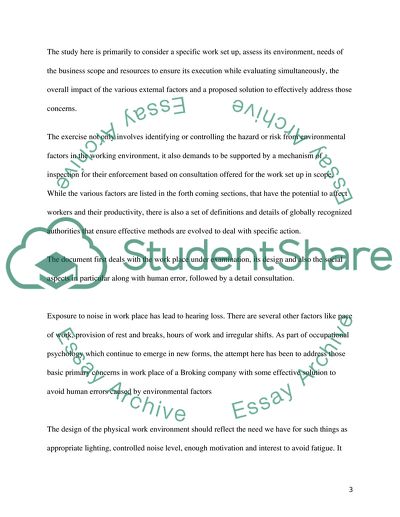Cite this document
(The Work Systems According to Their Compatibility in Work Environment Research Paper, n.d.)
The Work Systems According to Their Compatibility in Work Environment Research Paper. Retrieved from https://studentshare.org/environmental-studies/1737602-the-potential-influence-of-environmental-factors-on-human-error
The Work Systems According to Their Compatibility in Work Environment Research Paper. Retrieved from https://studentshare.org/environmental-studies/1737602-the-potential-influence-of-environmental-factors-on-human-error
(The Work Systems According to Their Compatibility in Work Environment Research Paper)
The Work Systems According to Their Compatibility in Work Environment Research Paper. https://studentshare.org/environmental-studies/1737602-the-potential-influence-of-environmental-factors-on-human-error.
The Work Systems According to Their Compatibility in Work Environment Research Paper. https://studentshare.org/environmental-studies/1737602-the-potential-influence-of-environmental-factors-on-human-error.
“The Work Systems According to Their Compatibility in Work Environment Research Paper”, n.d. https://studentshare.org/environmental-studies/1737602-the-potential-influence-of-environmental-factors-on-human-error.


